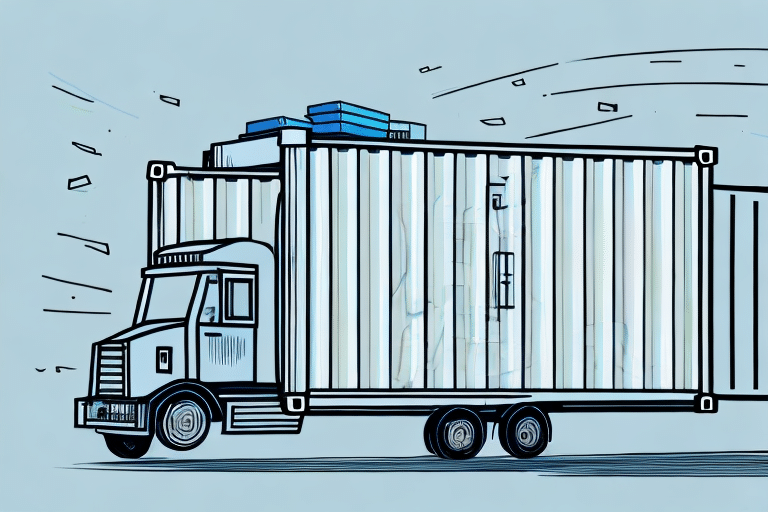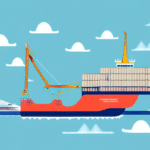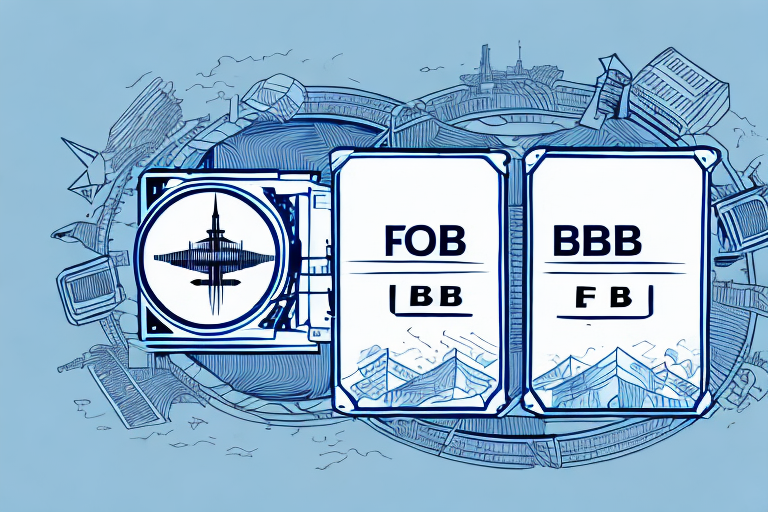What Is FOB Shipping Point? An Overview of the Shipping Method
FOB Shipping Point, short for Free On Board Shipping Point, is a widely used shipping term in the logistics and supply chain industries. This term indicates that the ownership and responsibility of goods transfer from the seller to the buyer once the goods are loaded onto the carrier at the specified shipping point. Understanding FOB Shipping Point is essential for businesses as it influences shipping costs, risk management, and overall supply chain efficiency.
Why Understanding FOB Shipping Point Is Important for Your Business
Grasping the nuances of FOB Shipping Point can significantly impact your business operations in several ways:
- Logistics Optimization: Knowing when the responsibility shifts helps in planning transportation and warehousing effectively.
- Cost Management: It aids in accurately calculating shipping costs, insurance, and potential liabilities.
- Risk Mitigation: Clear understanding reduces uncertainties related to damage or loss during transit.
For instance, a study by the U.S. Census Bureau highlights that businesses with optimized shipping terms can reduce logistics costs by up to 15% annually.
The Origins of FOB Shipping Point and Its Evolution Over Time
The FOB Shipping Point term has its roots in maritime trade, where it was essential to define the exact point at which liability for goods transferred from seller to buyer. Originally, this point was the ship's deck at the port of departure. Over time, as transportation methods diversified, FOB terms expanded to include air, rail, and trucking.
Today, according to the Investopedia, FOB Shipping Point remains a standard term in both international and domestic trade, ensuring clarity in shipping agreements and responsibilities.
Key Differences Between FOB Shipping Point and FOB Destination
Understanding the distinction between FOB Shipping Point and FOB Destination is crucial:
- FOB Shipping Point: Ownership and risk transfer once goods are loaded onto the carrier. The buyer is responsible for insurance and transportation from that point onward.
- FOB Destination: Ownership and risk transfer when goods arrive at the buyer's specified location. The seller handles insurance and transportation until delivery.
These differences affect:
Transportation Costs: Buyers may incur higher costs with FOB Shipping Point due to responsibilities post-loading.
Insurance Coverage: Under FOB Destination, sellers typically cover insurance until delivery.
For more detailed comparisons, refer to the CargoWise blog on FOB vs CIF.
Pros and Cons of Using FOB Shipping Point for Your Business
Adopting FOB Shipping Point as your shipping method has its advantages and disadvantages:
Pros:
- Cost Efficiency: Potentially lower shipping costs as buyers can negotiate directly with carriers.
- Control Over Logistics: Buyers have more control over the transportation process, allowing for tailored logistics strategies.
- Faster Delivery: Direct handling can expedite shipping times if managed effectively.
Cons:
- Increased Risk: Buyers bear the risk of loss or damage once goods are shipped.
- Complexity in Management: Requires buyers to manage insurance and transportation logistics, which can be resource-intensive.
- Potential for Unexpected Costs: Buyers may incur unforeseen expenses related to shipping delays or damages.
Balancing these pros and cons is essential for businesses aiming to optimize their shipping strategies.
How to Calculate the Cost of FOB Shipping Point
Calculating the total cost under FOB Shipping Point involves several components:
- Transportation Fees: Costs paid to carriers for moving goods from the shipping point to the destination.
- Insurance Costs: Premiums for insuring goods against loss or damage during transit.
- Customs Duties and Taxes: Applicable fees for importing goods, especially in international trade.
- Handling Fees: Charges for loading, unloading, and any special handling requirements.
For accurate cost estimation, utilize tools and resources such as the Freightos Freight Calculator to input specific shipment details and obtain estimates.
Best Practices for Negotiating FOB Shipping Point Terms with Your Suppliers
Effective negotiation of FOB Shipping Point terms can lead to favorable outcomes for both buyers and sellers. Here are some best practices:
- Clear Communication: Ensure all parties understand their responsibilities and liabilities under FOB terms.
- Detailed Contracts: Include specific terms regarding shipment handling, insurance coverage, and risk transfer points.
- Leverage Volume: Utilize shipping volume to negotiate better rates with carriers.
- Assess Carrier Reliability: Partner with reputable carriers to minimize risks associated with damage or delays.
Refer to the Small Business Administration guidelines for comprehensive negotiation strategies.
Common Mistakes to Avoid When Using FOB Shipping Point
Implementing FOB Shipping Point without careful consideration can lead to several pitfalls:
- Misunderstanding Terms: Failing to clearly define when and where ownership and risk transfer can result in disputes.
- Poor Documentation: Inadequate paperwork can cause delays and complicate claims in case of damage.
- Ignoring Insurance: Overlooking the need for adequate insurance coverage exposes businesses to financial losses.
- Inaccurate Cost Estimation: Underestimating shipping and handling costs can impact profit margins.
To avoid these mistakes, regularly review and update shipping policies, and consider consulting with logistics experts.
Case Studies: How Different Businesses Use FOB Shipping Point to Their Advantage
Various businesses have successfully leveraged FOB Shipping Point to enhance their operations:
Retail Industry
Large retailers negotiate FOB Shipping Point terms to control inventory flow, allowing them to manage stock levels efficiently and reduce storage costs.
Manufacturing Sector
Manufacturers use FOB Shipping Point to streamline their supply chains, ensuring timely delivery of components and reducing lead times.
Small Businesses
Small enterprises benefit from FOB Shipping Point by partnering with reliable carriers, enabling them to offer competitive shipping rates and improve customer satisfaction.
These case studies demonstrate the versatility and strategic advantages of implementing FOB Shipping Point across different industries.
The Future of FOB Shipping Point: Trends and Predictions
The landscape of FOB Shipping Point is evolving in response to technological advancements and changing market dynamics:
- Automation and AI: Integration of artificial intelligence in logistics is streamlining shipping processes, reducing errors, and enhancing efficiency.
- Sustainability Initiatives: Increasing emphasis on eco-friendly shipping practices is influencing how FOB terms are negotiated and implemented.
- Global Trade Dynamics: Shifts in international trade policies and tariffs are affecting the prevalence and application of FOB Shipping Point terms.
- Blockchain Technology: Adoption of blockchain for transparent and secure transaction tracking is gaining traction in shipping agreements.
Staying abreast of these trends will enable businesses to adapt their shipping strategies effectively, maintaining competitiveness in a dynamic global market.
For more insights on the future of shipping and logistics, visit the Logistics Management website.






















